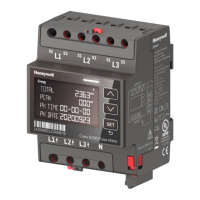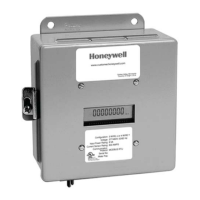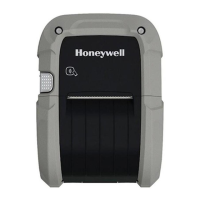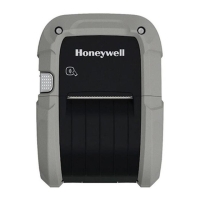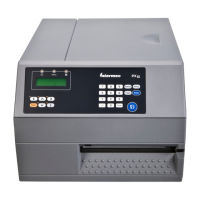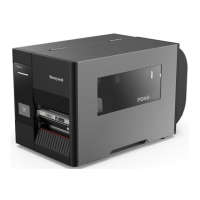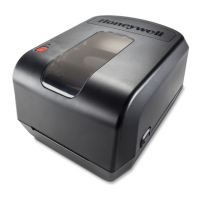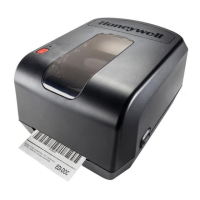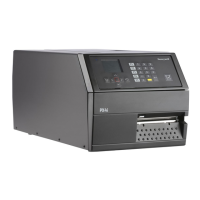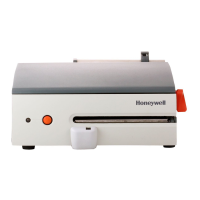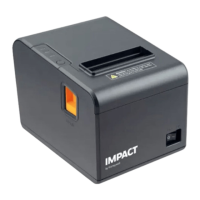equals a four-digit decimal data byte count and includes all bytes that follow until the
end of the data. Field termination is set by the byte count.
<STX>L
D11<CR>
2W1X00000000100000024Datamax<CR>
writes RFID best<CR>
E
Example 2
The following format encodes a tag with EPC data “1122334455667788” with byte
count shown in bold. Note that the field data is entered as the hex value for the ASCII
character.
<STX>L
D11
2W1x00000000000000008<0x11><0x22><0x33><0x44><0x55><0x66><0x77><0x88>
E
GEN2 Kill/Access Passwords
Gen2 tags are capable of storing a 4-byte kill password and a 4-byte access password.
The kill password is stored at address 0, word offset 0 and access password is stored
at address 0, word offset 2. The default for these passwords is typically 0.
To write these to the tag it is necessary to store the desired password value in the
printer database:
l
To write the database for the kill password the command is <STX>KcRIKnnnnnnnn,
where nnnnnnnn represents the 4-byte value in hexadecimal pairs; and,
l
To write the database for the access password the command is <STX>KcRICn-
nnnnnnn, where nnnnnnnn represents the 4-byte value in hexadecimal pairs.
These can also be viewed or modified via the printer’s display under RFID OPTIONS /
UHF SETTINGS. If the stored value for either or both of these passwords is non-zero
and a label formatting command to write EPC data is issued, then these passwords
will be written also.
GEN2 Lock States
Gen2 supports a lock state of permalock, pwd-lock or both for any of the data sections
of the tag. This includes access/kill passwords, EPC data, Tag ID or user memory.
To store these states in the printer database the command is <STX>KcRIGn, where: 1
is permalock; 2 is pwd-lock; 3 is both; and, 0 is none (default). When a section of the
tag is written via label formatting command and the stored lock state and lock after
write are enabled, the section will be locked.
DPL Command Reference
285
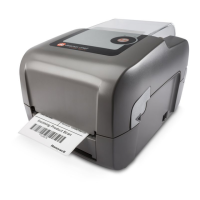
